Pillars of Eternity: The White March Part One review: Just another chapter in a long tale
The White March is to Pillars of Eternity what Tales of the Sword Coast was to Baldur's Gate.
Into the mountains
There’s an easy way to talk about
The White March Part One, and that’s raw numbers. One new region (The White March) with four main areas (the village of Stalwart, the wilds of Russetwood and Longwatch Falls, and the mysterious dwarven fortress of Durgan’s Battery), two new companions (the rogue Devil of Caroc and the monk Zahua), one lengthy dungeon, and one shorter dungeon, all adding up to about ten hours of content.
All of it is decent. Some of it is good. None of it is essential.
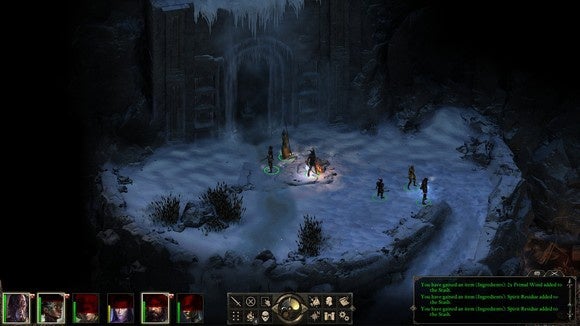
In a perfect world,
The White March would be the
Tales of the Sword Coast to
Pillars of Eternity. You would organically (seamlessly) stumble upon the expansion content while playing through the campaign, once your character hit level 5. Those who’ve already completed
Pillars of Eternity though will (like myself) load up their pre-endgame save and mainline everything
The White March has to offer.
It’s not ideal. To me it’s a bit like reading a book to completion, and then a few months later the author comes back and says, “I added a new chapter—now there’s a 12A and a 12B before it goes on to Chapter 13.” Except you’re never going to read Chapters 1-11 or 13 again. And taken on its own,
The White March Part One isn’t incredibly compelling.
Now, I should be clear in case you didn’t ascertain this from the title, but Obsidian’s only released the first half of
The White March so far. Events in the second half may retroactively make
Part One a lot more interesting. But if that’s the case, I wish Obsidian would’ve released it as one package instead of two separate halves, because what we have in
The White March Part One is a low-stakes, low-reward dungeon crawl padded with some filler quests.
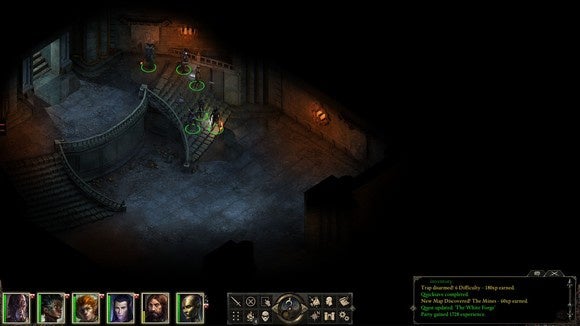 The White March
The White March centers around Durgan’s Battery, a fortress formerly home to a band of dwarves renowned for their skill as blacksmiths. The Battery produced weapons made of Durgan steel, stronger and lighter than any normal armaments. Durgan’s Battery has lain dormant for two-hundred years though, and the decrepit mining town of Stalwart calls on you to figure out what happened—and whether there’s any help to be found within.
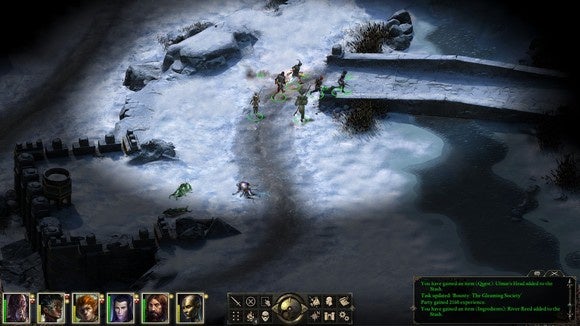
But for those who’d invested in the story of
Pillars of Eternity, in roleplaying The Watcher, the expansion isn’t going to hit the same highs. Honestly, scope is a big part of the problem with
The White March Part One. By confining the player to four main areas, it makes the expansion feel less lively. The village of Stalwart is small, with only a half-dozen interesting NPCs and a dozen or so quests to offer—four of which are story-less “go-here-kill-this” bounty missions.
Even in story-heavy missions, pieces slot together in a very “video game” fashion, everything in its right place. Take the new companion, the Devil of Caroc. Her background is interesting, as she’s tied more closely to animancy than perhaps any other
Pillars of Eternity character. But you can meet the Devil of Caroc and wrap up her entire character quest within half an hour, without leaving the small playpen of
The White March.
Contrast that with “The Trials of Durance,” for instance. Durance is one of the earliest characters you’re liable to meet in
Pillars of Eternity, but only by continually resting with him and talking to him over the course of the game will you untangle his background and motivations—and even then, you can’t finish his personal story until near the very end, after the Council of Stars.
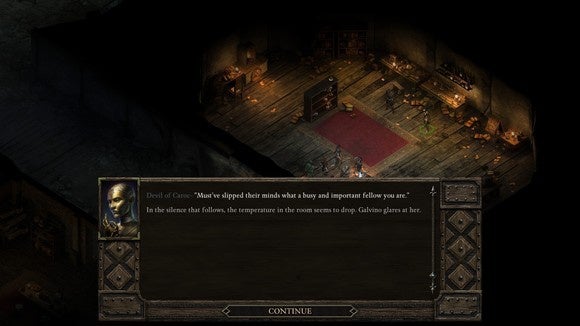
It’s an effective comparison because it illuminates much of how I generally feel about
The White March after playing
Part One. There’s a lot of potential, but it’s for the most part so small in scope and self-contained and worried about disrupting the main storyline that there’s no real
oomph to it. Playing
The White March Part One won’t cast
Pillars of Eternity into a new light, or illuminate some truth about the main story you hadn’t thought of before. It’s an interesting, entertaining side venture that’s (I imagine) markedly better if taken as just another in a long list of sidequests than played on its own as an expansion.
All that being said, I do want to commend Obsidian on some of the mechanical tweaks, some of which were rolled back into the base game in the recent 2.0 patch. Most important of all is the fact you can now see spell ranges, so you can tell whether a character needs to move into harm’s way to attack.
Soulbound weapons are also an interesting addition to your arsenal. These weapons are “bound” to a single character, and are then unusable by all others in your party. The upgrade path then relies on performing specific feats instead of generic enchantments—for instance, requiring you do 200 damage to beetles for the weapon damage to increase. Again, this seems more useful if you haven’t finished the game, as you’d have more opportunities to complete these challenges.

And finally there’s the level cap, which has been raised from 12 to 14. The biggest effect? Wizards, druids, and priests can now cast Level 3 spells as “Per Encounter” instead of “Per Rest,” meaning your wizard can throw seven fireballs
per battle. It seems to make casters a bit unbalanced and overpowered, but I like it.
Bottom line
I meant what I said at the top of the article: One day,
The White March will be to
Pillars of Eternity what
Tales of the Sword Coast is to
Baldur’s Gate. Every newcomer will play the base game and expansion at the same time. There’s no real reason not to, and few will even realize what belongs to the expansion and what doesn’t.
And that’s great! But that’s not me. Nor, maybe, you. The fact is,
The White March Part One is good fodder for those coming in fresh and a fine addition for those looking to replay, but isn’t compelling enough on its own for you to come back to
Pillars of Eternity if you’ve already finished the game.
Again, that might change with the release of
Part Two. The ending of
Part One hints at greater repercussions for your actions in Durgan’s Battery, and I’m curious to see whether the second half leans a bit harder towards tying the expansion to the main story—or at least ups the stakes. But for that, we’ll have to wait to find out.



























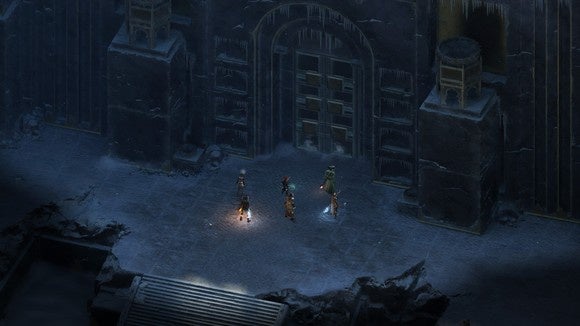






![Glory to Codexia! [2012] Codex 2012](/forums/smiles/campaign_tags/campaign_slushfund2012.png)
![Have Many Potato [2013] Codex 2013](/forums/smiles/campaign_tags/campaign_potato2013.png)
![The Year of Incline [2014] Codex 2014](/forums/smiles/campaign_tags/campaign_incline2014.png)














